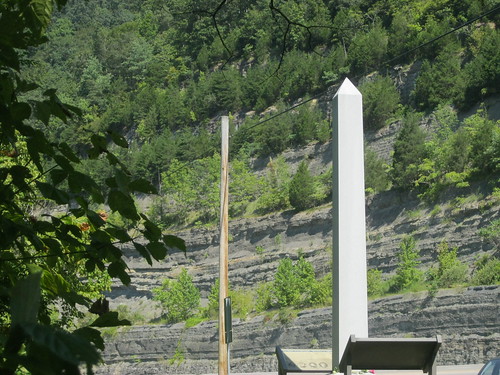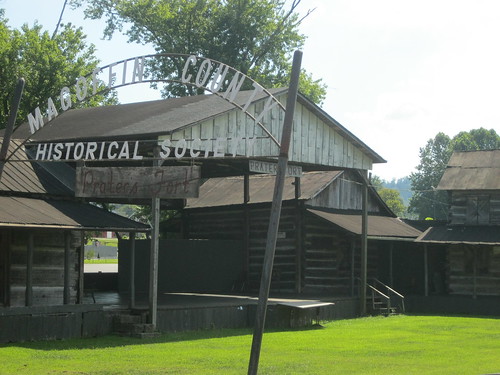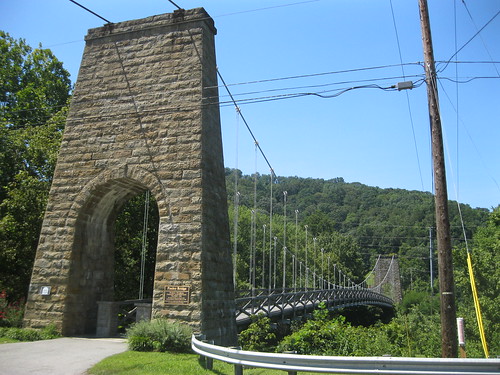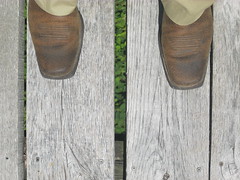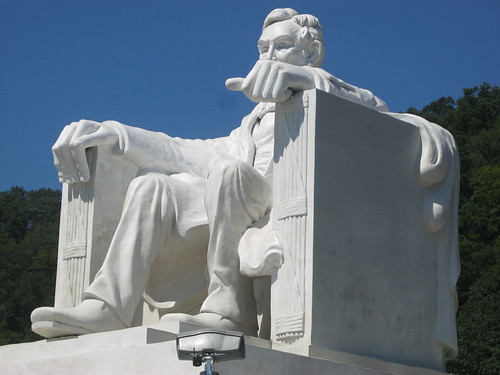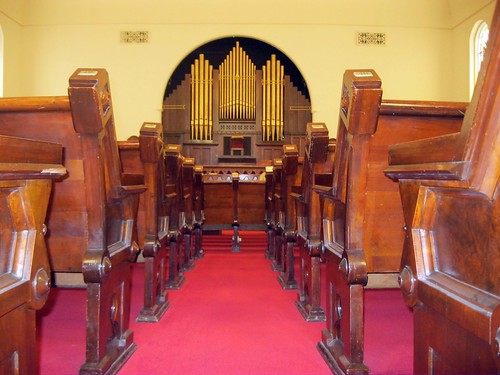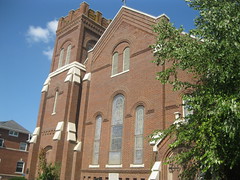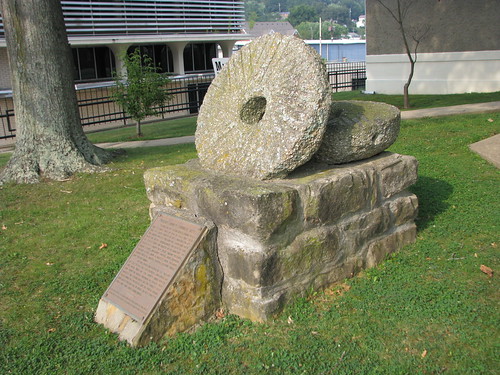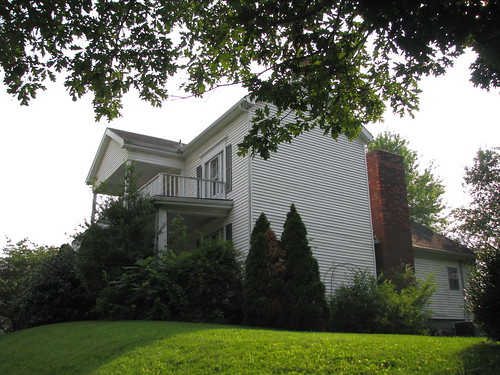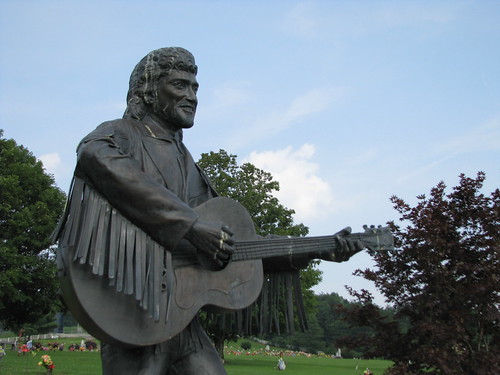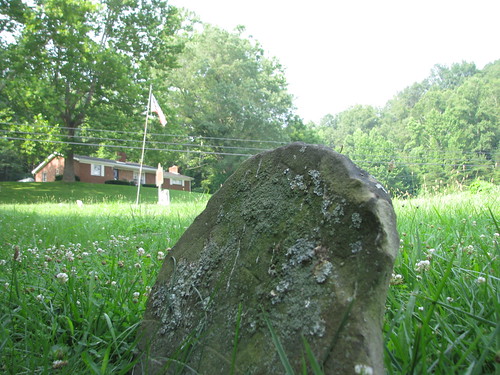 |
| Unmarked Grave – Elliott County, Ky. |
Momma always instructed us not to “cut off the hand that feeds you.” This old maxim shouldn’t be forgotten in life or in battle.
Along the way, the Union troops under Gen. George Morgan were under constant threat from the tactics of CSA Gen. John Hunt Morgan and his 1,200 cavalry riders. As USA Morgan’s 7th KY Division made its retreat to Grayson, a constant calibration of security tactics was necessary because of CSA Morgan’s guerrilla-like ambushes. The only “roadway” through Elliott County wide enough for the 7th KYwas the riverbed of the Little Sandy River, which flowed through many gorges and narrows perfect for ambush.
It was said the the rebels “fought vigorously with ax and torch, felling trees, barricading the road, destroying bridges, and making every barricade cost a skirmish and time.” At one such skirmish, seven men of the Union’s 7th Kentucky Division fell and are buried in this little cemetery located two miles south of Sandy Hook.
It is likely that this cemetery also served as a family cemetery for local residents as there are more than seven graves present. Today, as is the case with so many Civil War sites, this rural corner of Elliott County is being developed, but a roadside marker (“Skirmish Here“) records the spot in the annals of history.
The remainder of the 7th Division arrived in Grayson after a grueling 16 day march.

